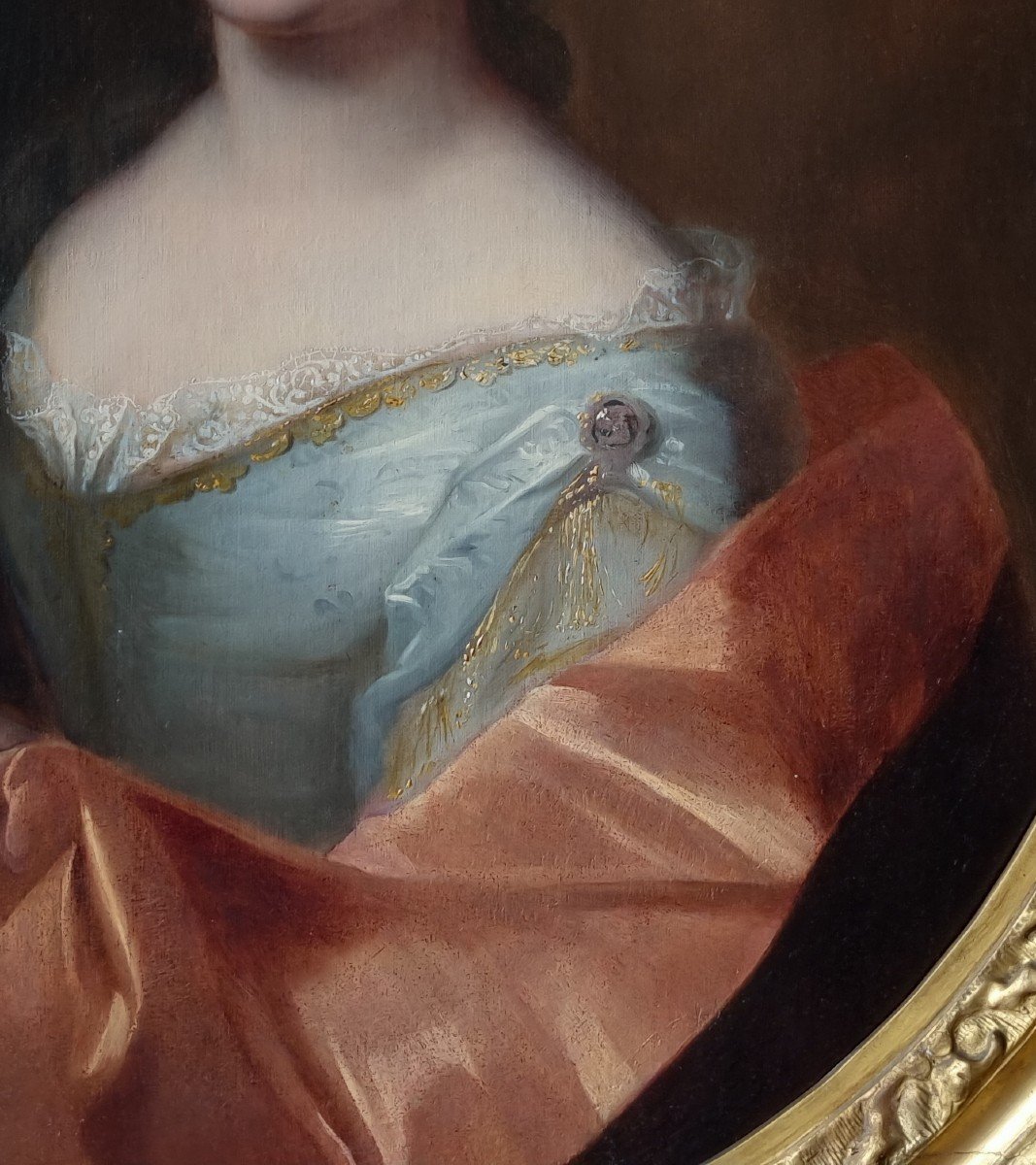The 17th century in France saw the creation of the Royal Academy of Painting and Sculpture, an institution that was to dominate artistic production for nearly 200 years. Founded in 1648 the Royal Academy was intended to professionalise artists working for the French court. Some 35 years later, the organization reached its full glory under the leadership of the history painter Charles Le Brun (1619-1690), who gave precedence to painters of history or mythology followed by those painting portraits, genre scenes, landscapes, animals, and lastly, still lifes. The period saw some of the greatest French artists such as Claude Lorrain, Nicolas Poussin, Georges de La Tour (1593-1652), Philippe de Champaigne, and Pierre Mignard (1612-1695). However, Nicolas de Largilliere (1656-1746) and Hyacinthe Rigaud (1659-1743) were the great portrait painters of the Grand Siècle and they created a model of portraiture that would be copied and imitated throughout Europe for more than a century.
In 1682 Versailles was transformed into the extravagant royal residence, the seat of the court, and the centre of the French government for King Louis XIV. The king became the arbiter of taste and power in Europe and both his château and the etiquette in Versailles were copied by the other European courts. French pre-eminence in Europe continued into the latter half of the 18th century, particularly through the arts and sciences, and the French language was the lingua franca of the European courts. Our painting was painted at the end of the Baroque period and just prior to the French Régence.
A feature of this portrait is its finely carved and gilded period frame, which is a work of art in itself.
François Jouvenet was a French painter who was born into an artistic family in Rouen in 1664. He was the ninth son of Laurent Jouvenent (1609-1681), whom he probably received his initial training from. His grandfather, Noel Jouvenet, is thought to have taught Nicolas Poussin, who is among the French artists of the first half of the 17th century whose work is quite easily associated with the Baroque.
A talented portrait painter, François Jouvenet was received as a member of the Painting Academy in 1701. He regularly exhibited in the Salon between 1704 and 1747. He died in Paris in 1749. His son François-Dagobert Jouvenet was also a painter.
Provenance: Private collection Paris
Measurements: Height 94cm, Width 80cm, Depth 7cm framed (Height 37”, Width 31.5”, Depth 2.75” framed)
























 Le Magazine de PROANTIC
Le Magazine de PROANTIC TRÉSORS Magazine
TRÉSORS Magazine Rivista Artiquariato
Rivista Artiquariato
